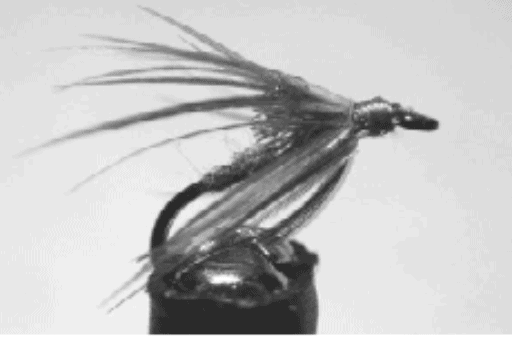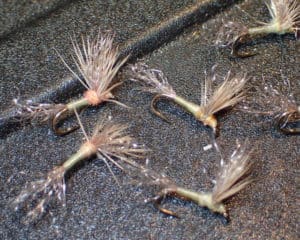I’ve had an opportunity in the last month to help with two volunteer activities by planting Spring Chinook in the Deschutes basin.
It started with planting several thousand Spring Chinook fry.
My wife and I were part of a group planting small fry in Lake Creek, a tributary of the Metolius, while others planted them in the main-stem Metolius. A total of 300,000 fry were planted that day.

These fry will live in the river for a year before they become a smolt and begin their perilous journey ahead of them as they attempt to get past the brown, rainbow, and bull trout during their 28 mile trek to Lake Billy Chinook. Their second challenge is getting past the dams blocking the lower Deschutes River to travel 100 miles to the Columbia River. The ocean is only another 204 miles where they spend two to three years growing bigger before heading back again.
An ominous task indeed!
These fish were spawned in September 2016. We began the process by acclimating these tiny 1 1/2 – 2 inch fish to the temperature of the river.

The river was very cold from the melting snow. There were about 2,500 fry in each plastic bag. We netted a few hundred fish into the plastic buckets for transferring them to the river.
Here is a good new home for a few Spring Chinook fly.

I only had a few left in the bucket so I coaxed them out slowly into their new home.

I hope to see an adult someday swimming in the Metolius. Maybe it will be one I planted.
My next volunteer effort was to help pit tag Spring Chinook smolts that were released in the Metolius River, Crooked River and Whychus Creek, a tributary of the Deschutes.
My wife and I brought one of the Next Cast Flyfishers along with us to provide a new experience and an opportunity for him to give back to fisheries by volunteering. The first step for a new volunteer is completing a waiver.

Five volunteers helped Oregon Department of Fish and Wildlife (ODFW). implant pit tags into 2400 smolts. The smolts were part of the spawning class of September 2015.
This is the pit tag gun used to implant the small glass-encased tag into each small fish. The tag is brownish-colored and located inside a sharp-pointed hollow “needle”.
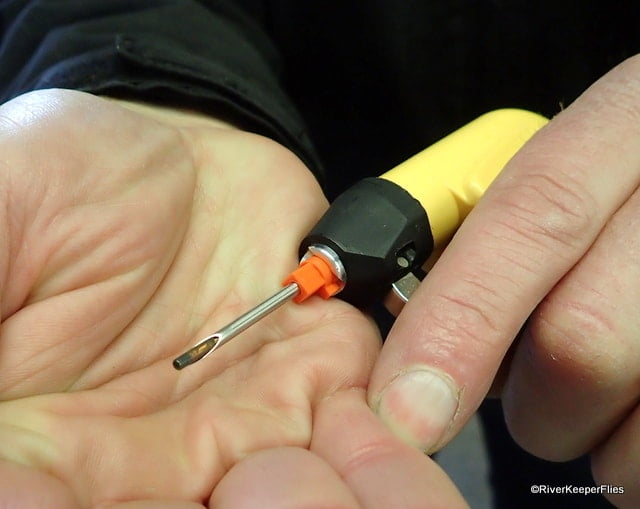
Trays of 100 pit tags held the mechanism to insert into the smolts.
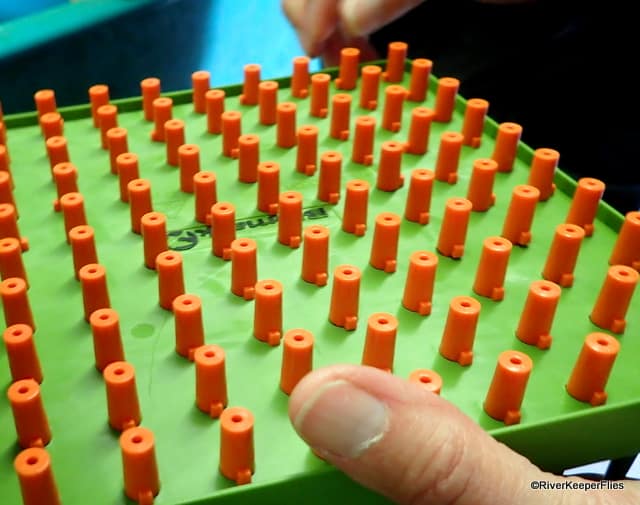
Branson is transferring smolts into a bath to slow them down for us to handle safely. After inserting the pit tag, they were quickly placed in the recovery pool, which didn’t take long for them to become active again.

Here they are all relaxed and waiting patiently for a pit tag. These fish average around 5 inches long.
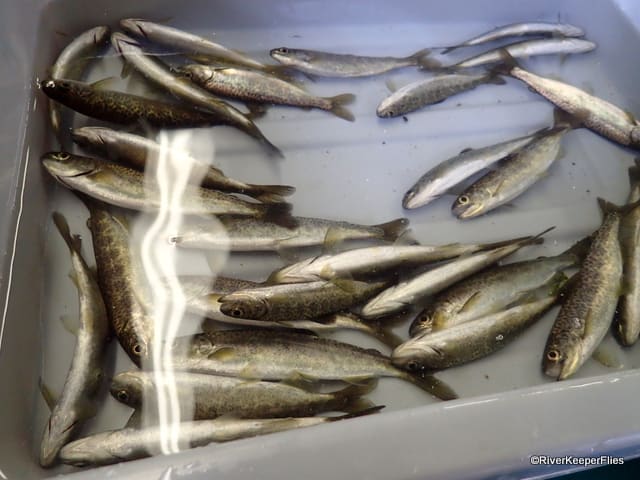
Here is a pit tag being injected into the fish’s belly. It was the first fish tagged by ODFW to show the proper method.

A new volunteer experience.

Each fish needed the pit tag activated by passing it through this little device, which assigned a unique identification code matching the tag to the fish and into the database.
The fish is placed in the recovery pool below. Can you see a happy fish below Branson?
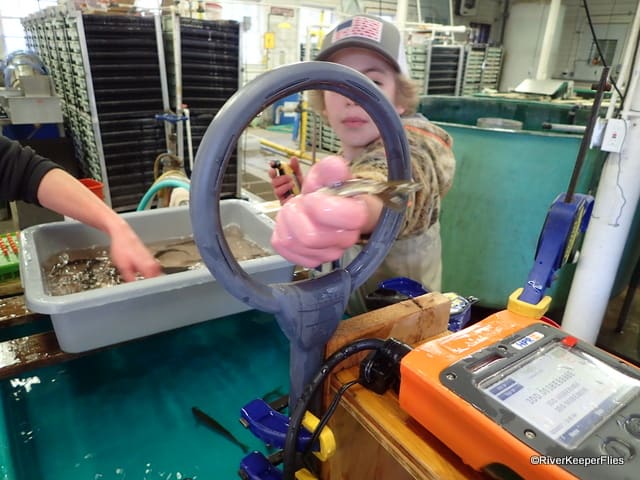
Readers at Monte Campground and the Pelton Round Butte dam track the progress of these fish.
I’ve heard that a few Spring Chinook have made their return to the river. I know Sockeye salmon have returned because I’ve seen them. Check out and you can see pictures in the post – Metolius River Sockeye Salmon.
The reward for volunteering? The fish gods smile at you.
Here is Branson with his first Metolius fish. Oh no…I was wrong. It was his second fish of the day!
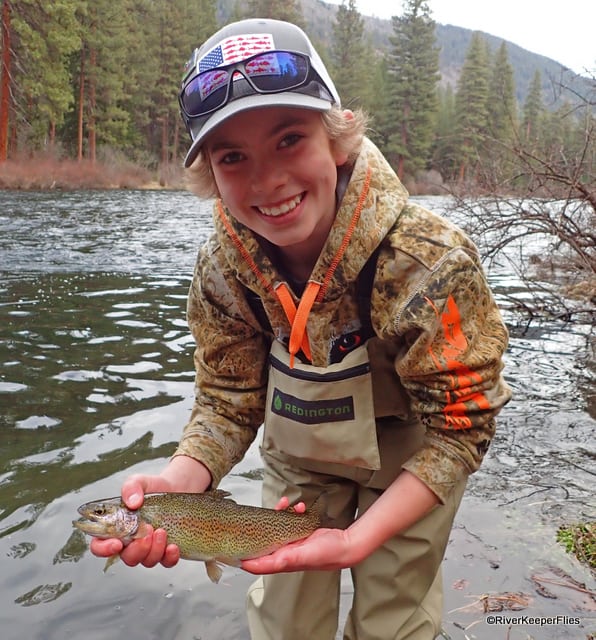
Enjoy…go fish!
